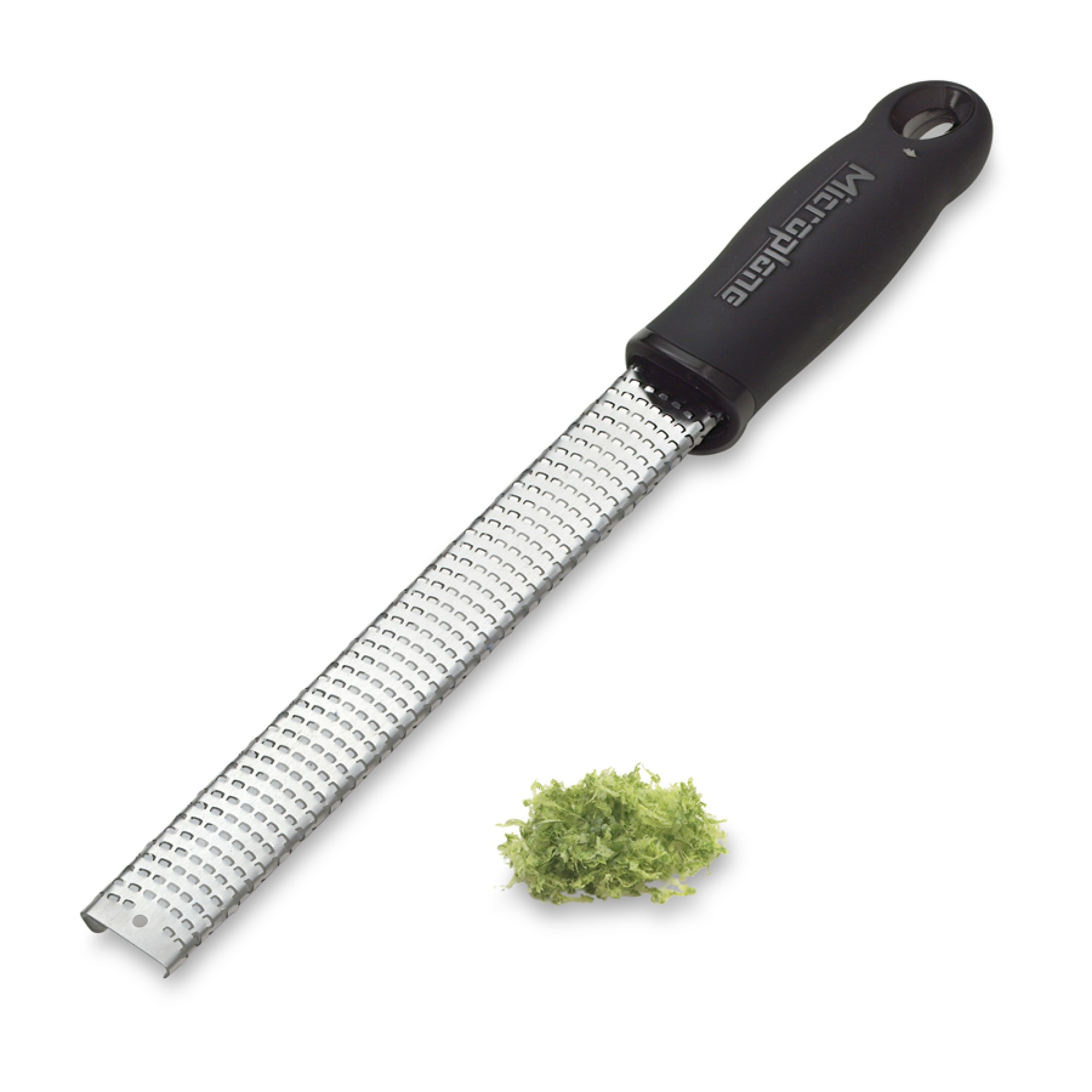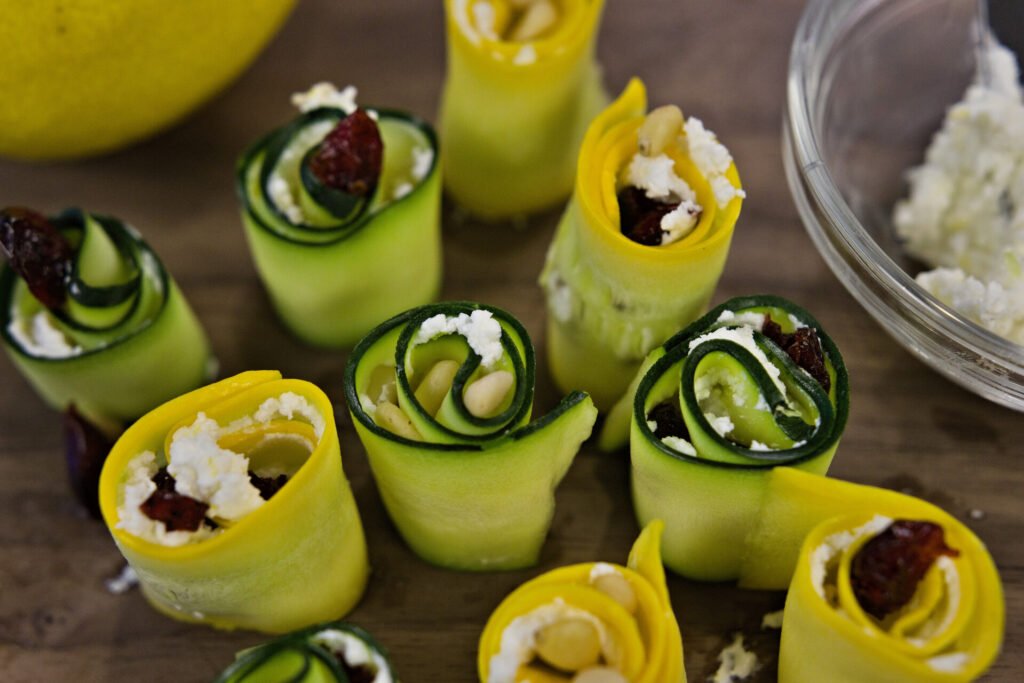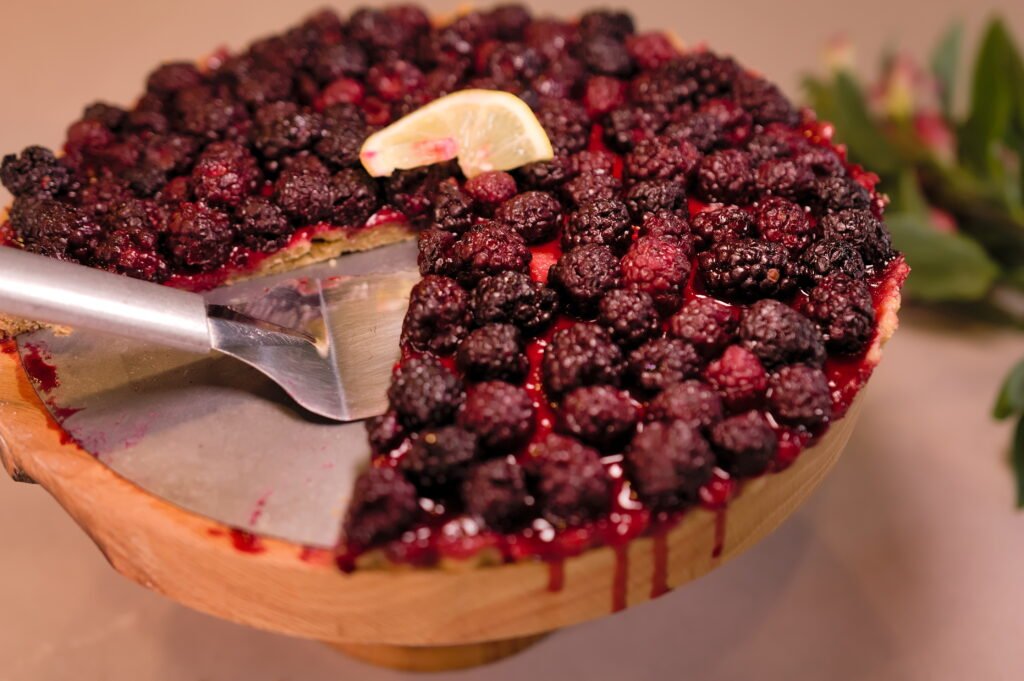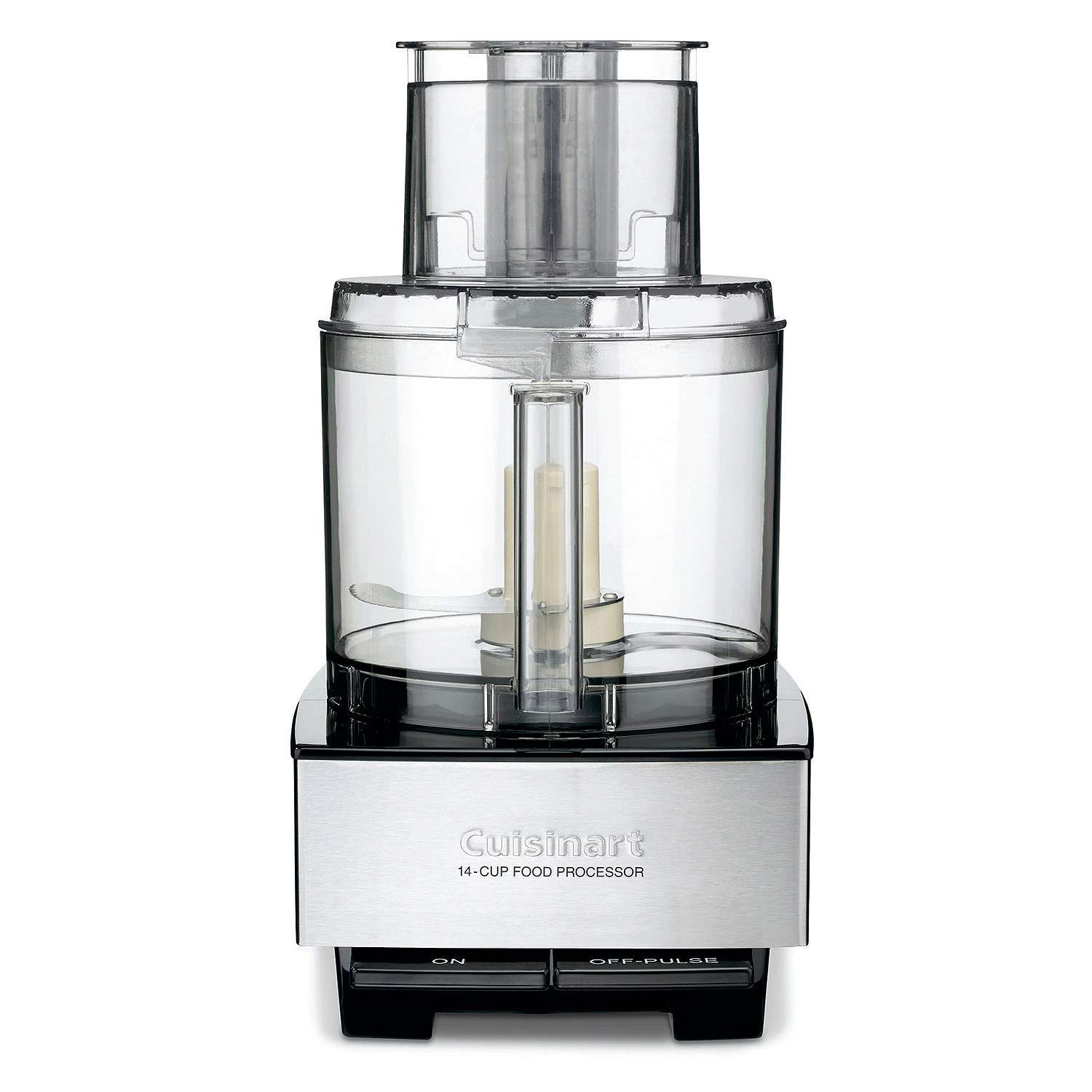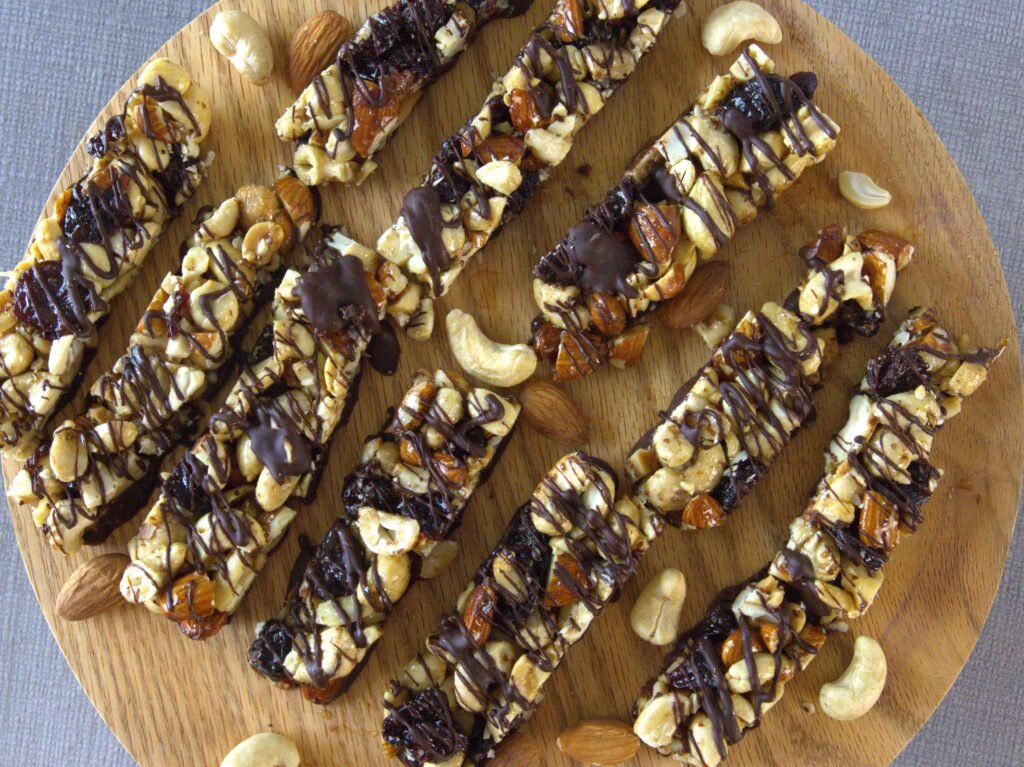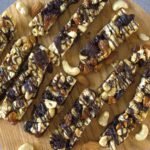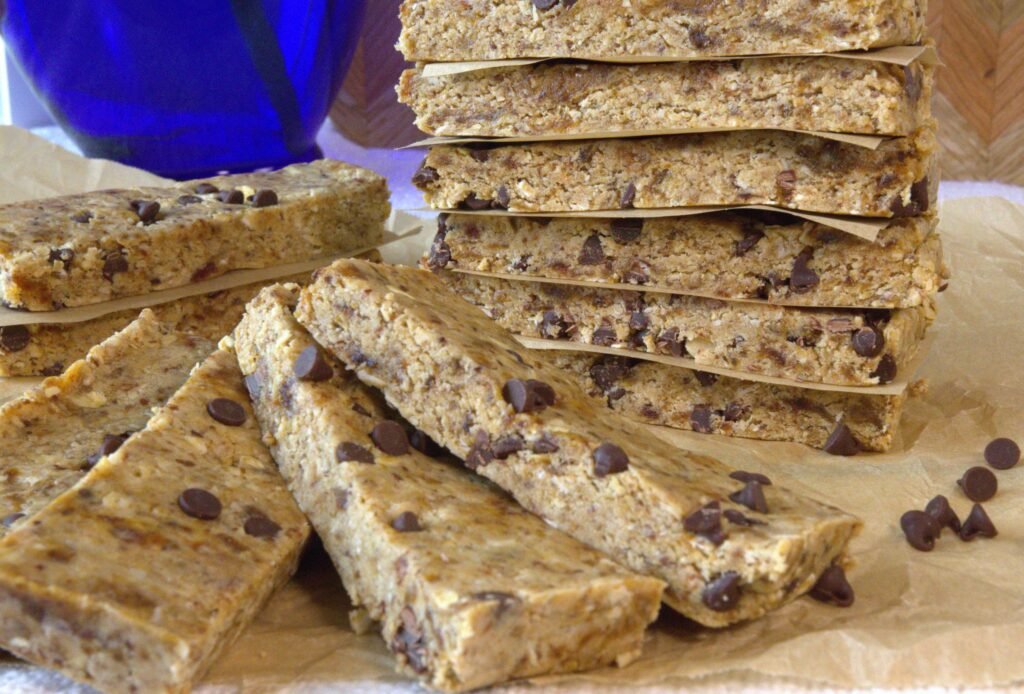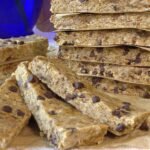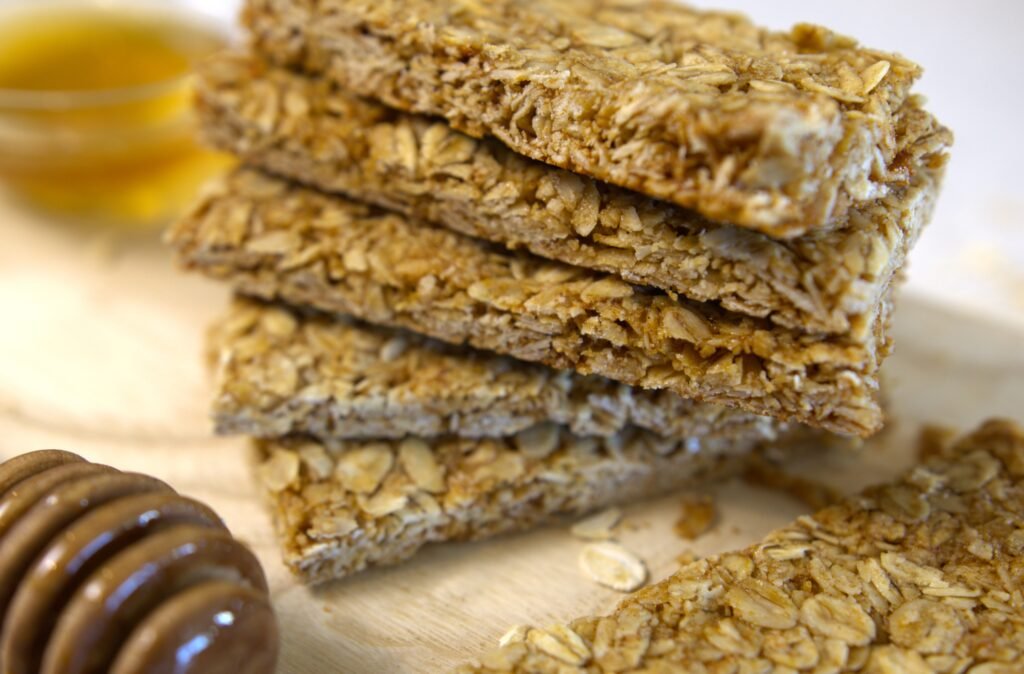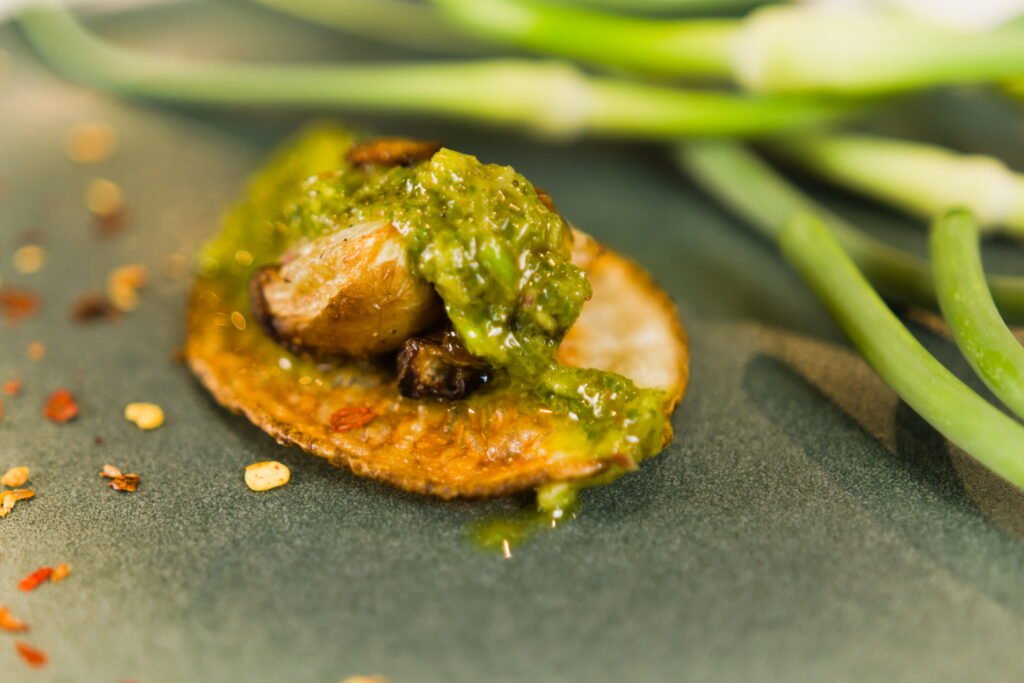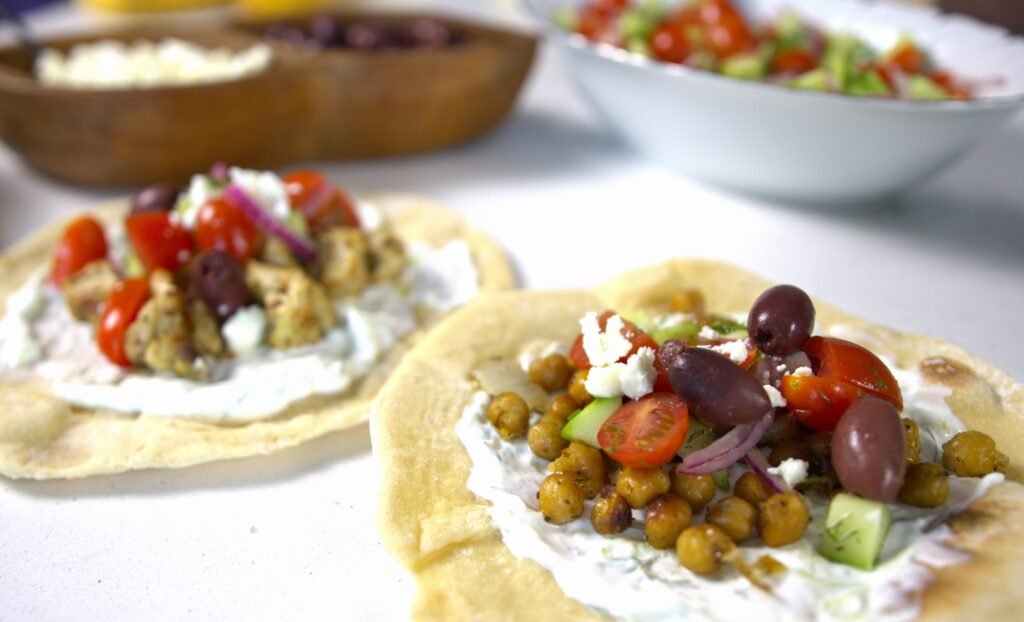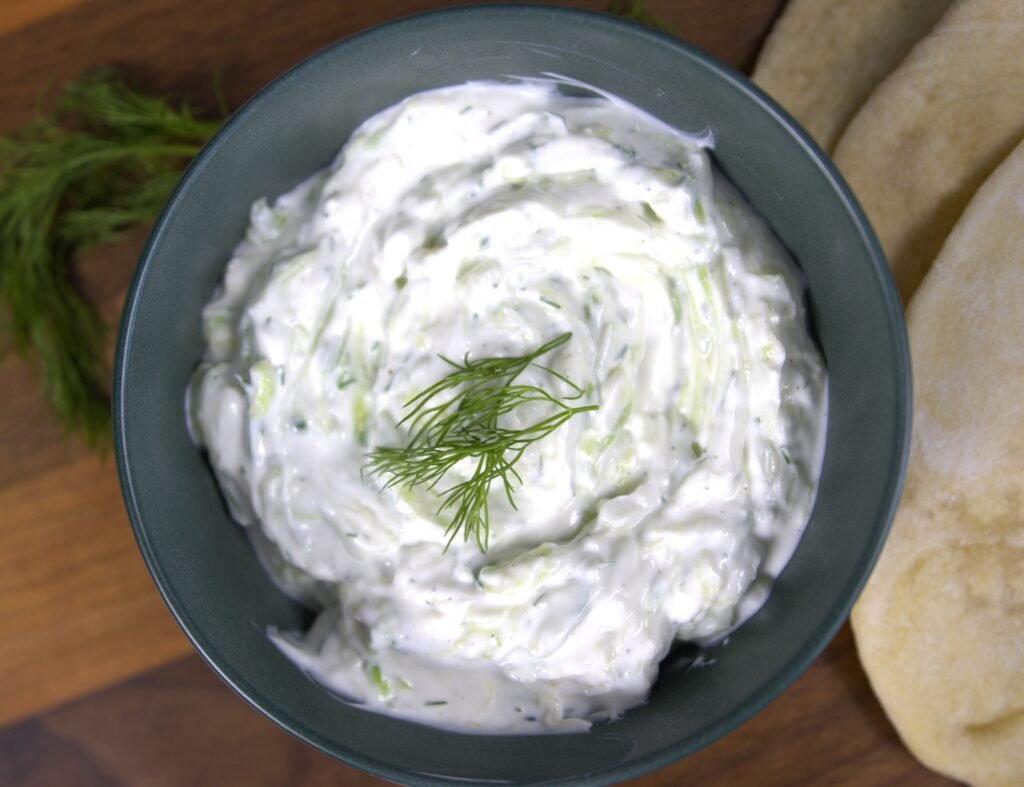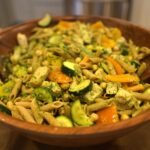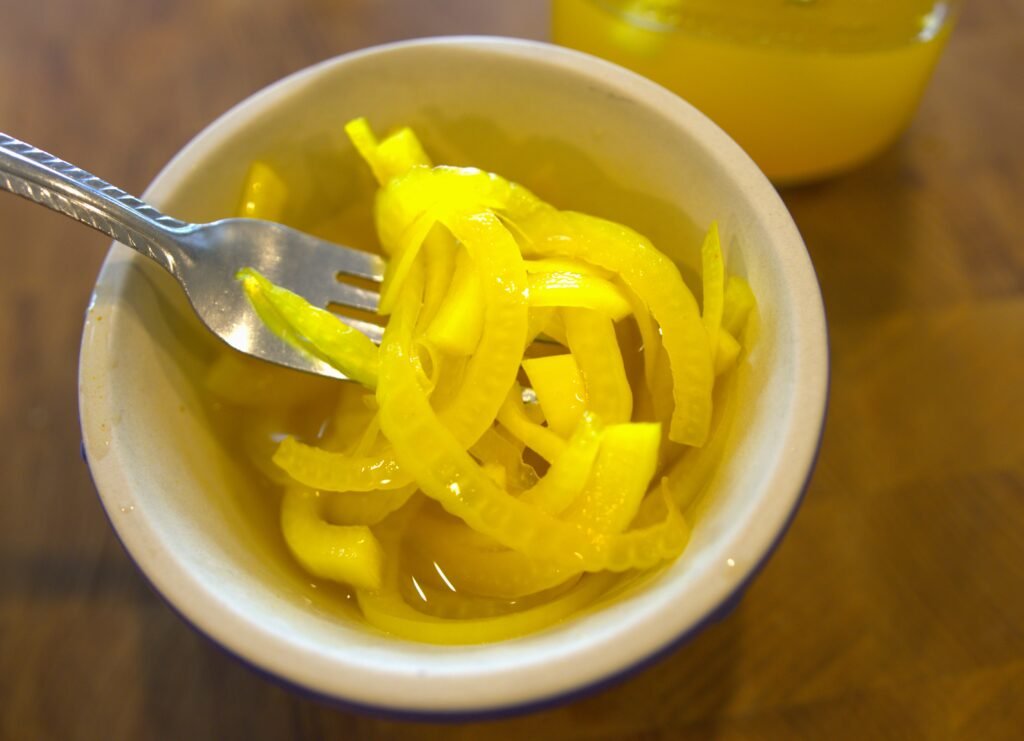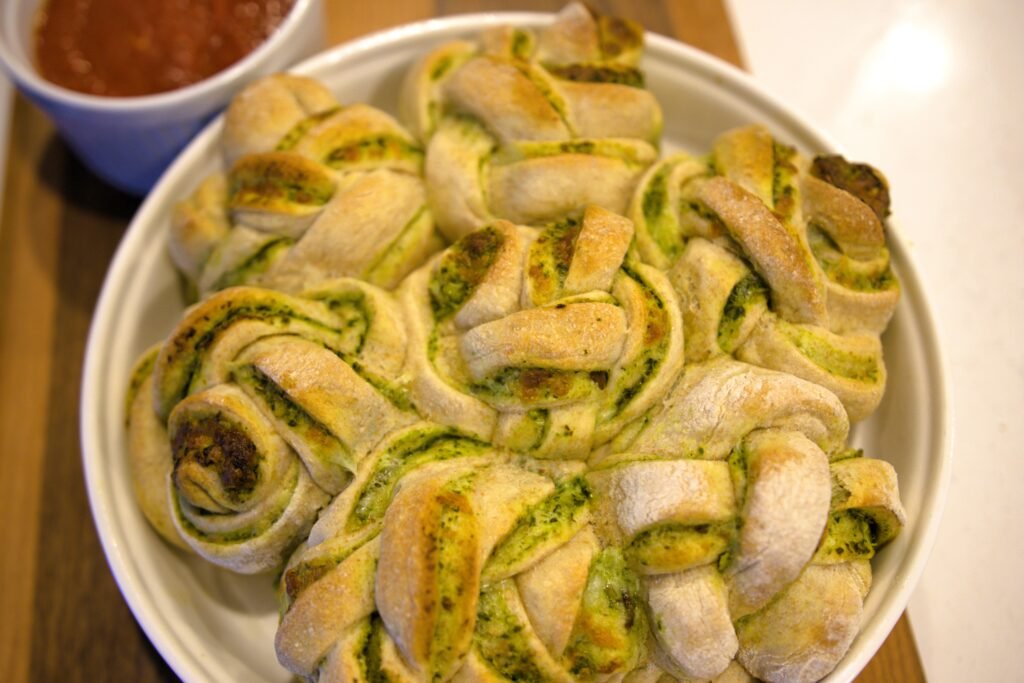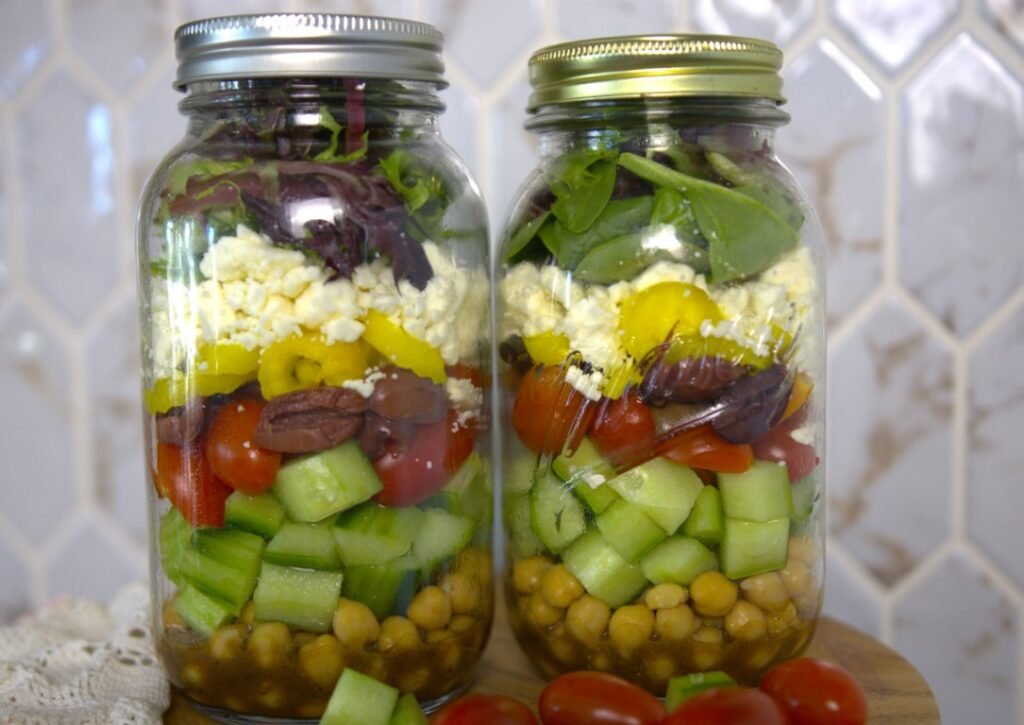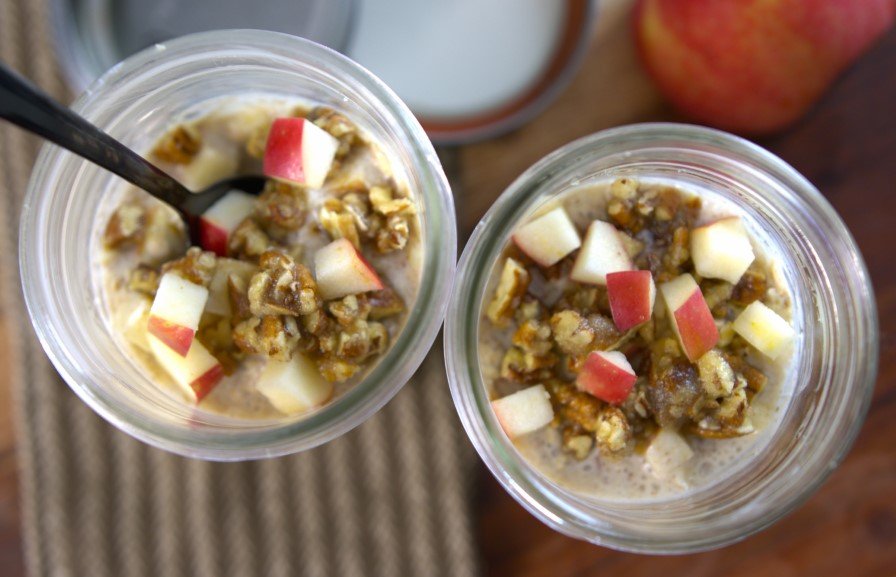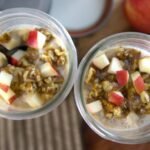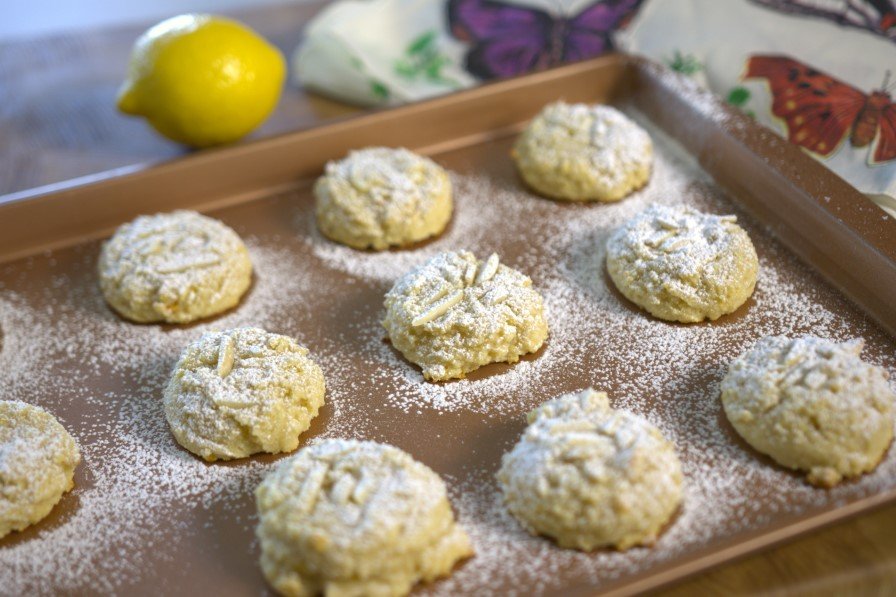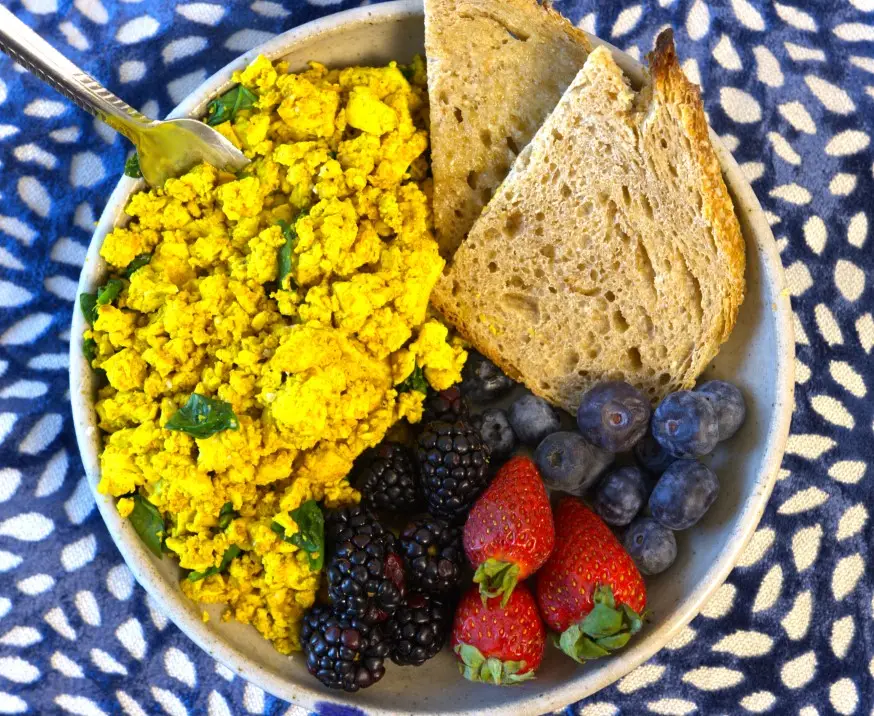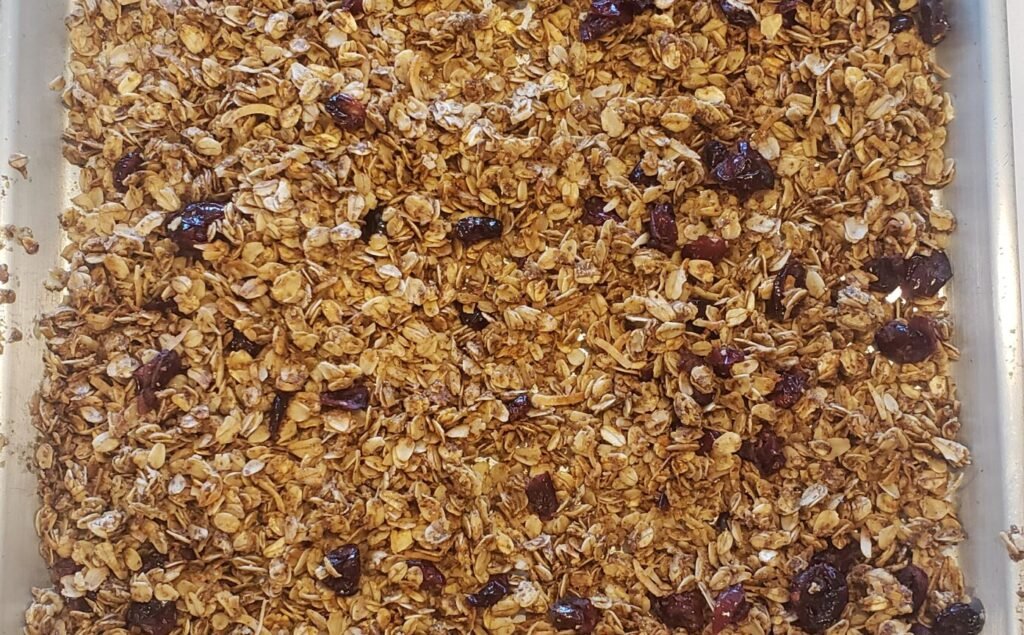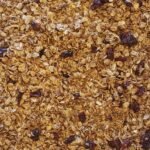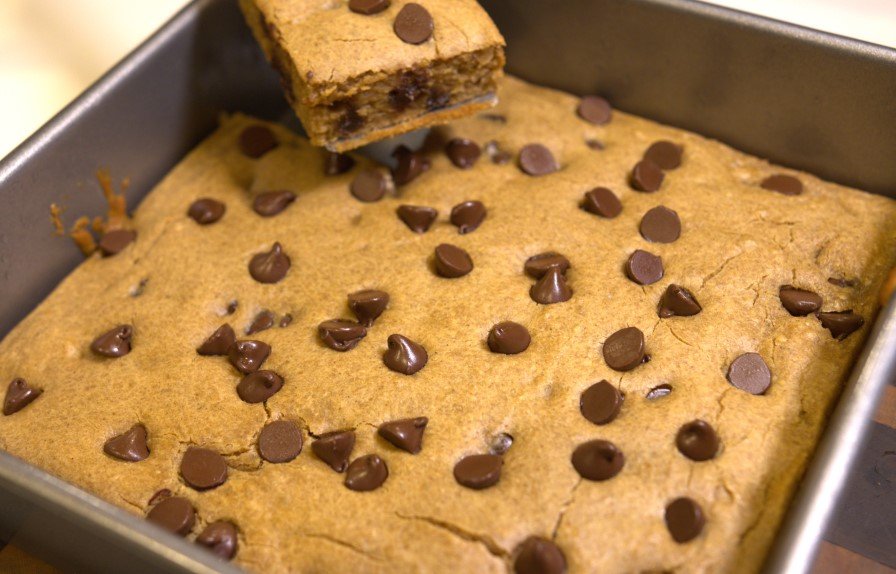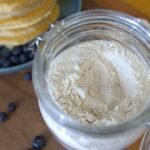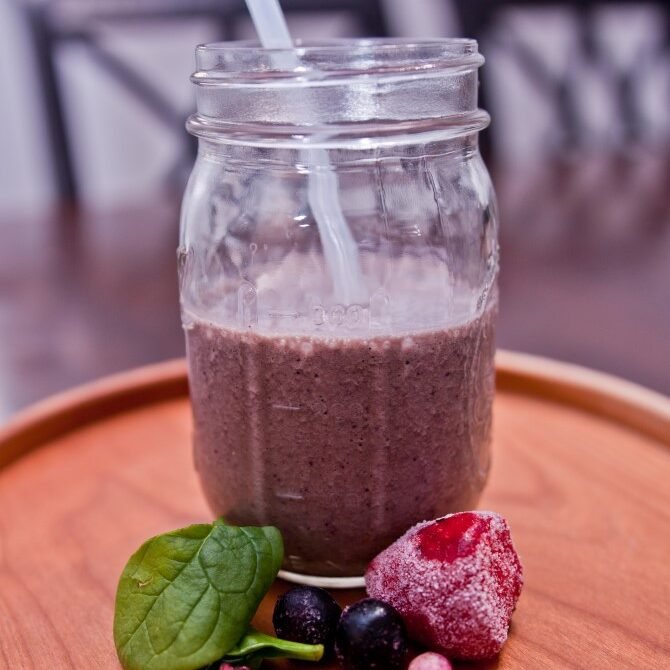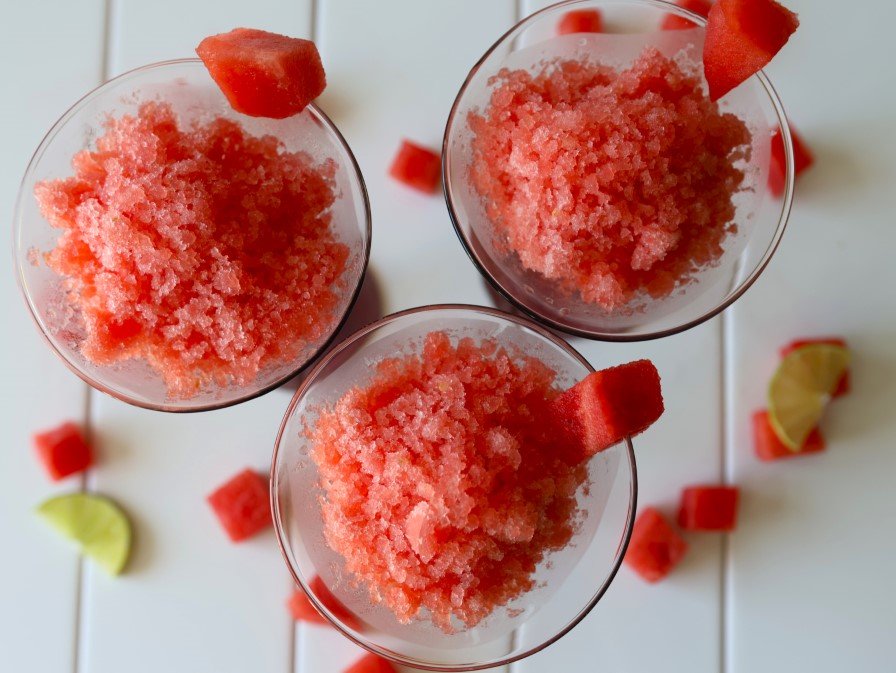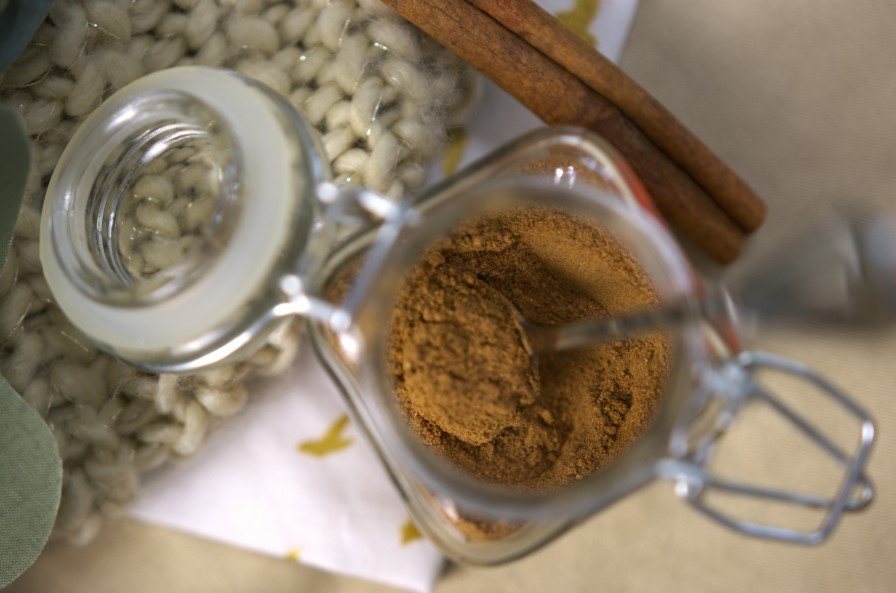(If you use one of these affiliate links, we may receive a small commission, at no cost to you.)
Cherry Oatmeal Bars
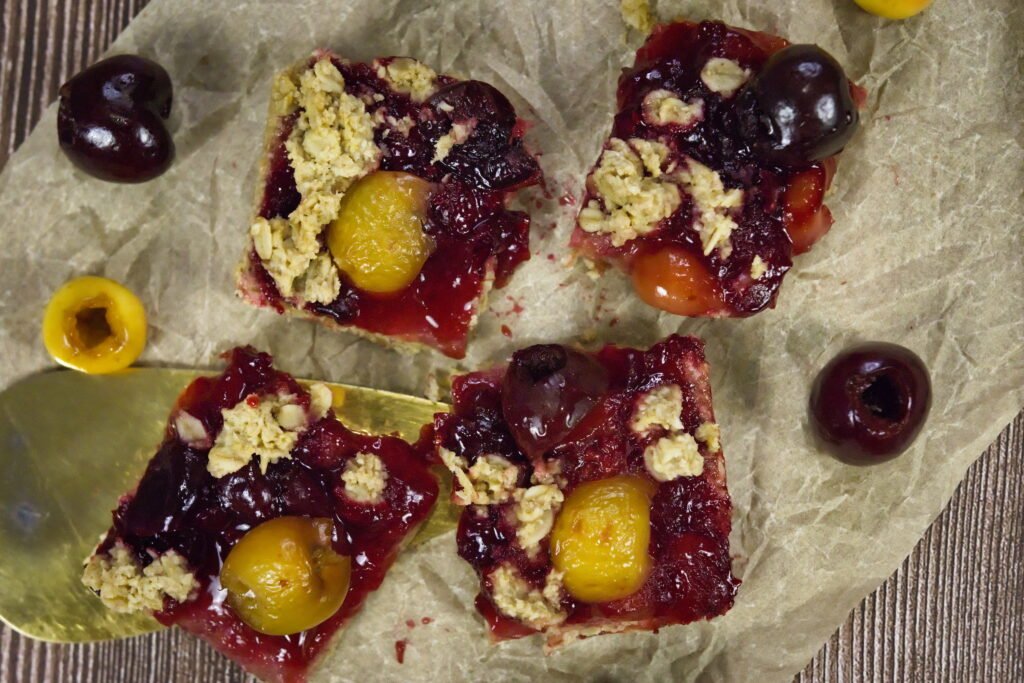

Cherry Oatmeal Bars
- Total Time: 35 minutes
- Yield: 32 1x
- Diet: Vegan
Description
Fresh cherry and oatmeal bars. The perfect dessert or grab & go snack that is packed full of antioxidants and fiber! This recipe was developed for the Park Union Farmer’s Market.
Ingredients
Oatmeal Crumb:
- 1 3/4 cup Oat Flour
- 1 1/4 cup Old Fashioned Oats
- 1 1/2 tsp Cinnamon
- 1/4 tsp Salt
- 1/4 tsp Baking Powder
- 1/2 cup Coconut Oil
- 1/2 cup Applesauce
- 1/3 cup Maple Syrup
- 1 tsp Vanilla Extract
- 1 tsp Lemon Zest
Cherry Filling:
- 3 cups Pitted Cherries
- 2 tbsp Maple Syrup
- 1 tbsp Lemon Juice
- 2 tsp Cornstarch
Instructions
- Preheat oven to 350° F. Grease a 9×13 dark pan with nonstick spray. Set aside.
- In a small sauce pan, add the cherry filling ingredients, pitted cherries, maple syrup, lemon juice and cornstarch. Turn the heat to medium and bring the mixture to a low boil.
- In a large mixing bowl, add the oat flour, oats, cinnamon, baking powder and salt. Whisk together to combine.
- Next add the liquid ingredients, coconut oil, applesauce, maple syrup, vanilla extract and lemon zest.
- Using a spatula, stir the crumb mixture together.
- Set 3/4 cup of the mixture aside for the topping.
- Pour the remaining mixture into your prepared pan and spread evenly, pressing down with a spatula to ensure crumb crust cooks evenly.
- Par bake the crumb crust! Pop into the oven and bake for 10 minutes. This helps to get a slightly crispy bottom to your bars.
- After 10 minutes, remove the pan from the oven and spread the cherry filling evenly over top of the crumb crust. Top with the remaining filling by dropping small teaspoon size bits over top the cherry filling.
- Place the pan back into the oven and bake for an additional 20-25 minutes.
- Remove from the oven and allow to cool fully before slicing. Enjoy!
- Prep Time: 15
- Cook Time: 20
- Category: Dessert, Snack
- Method: Bake
- Cuisine: American
Nutrition
- Serving Size: 1 Bar

